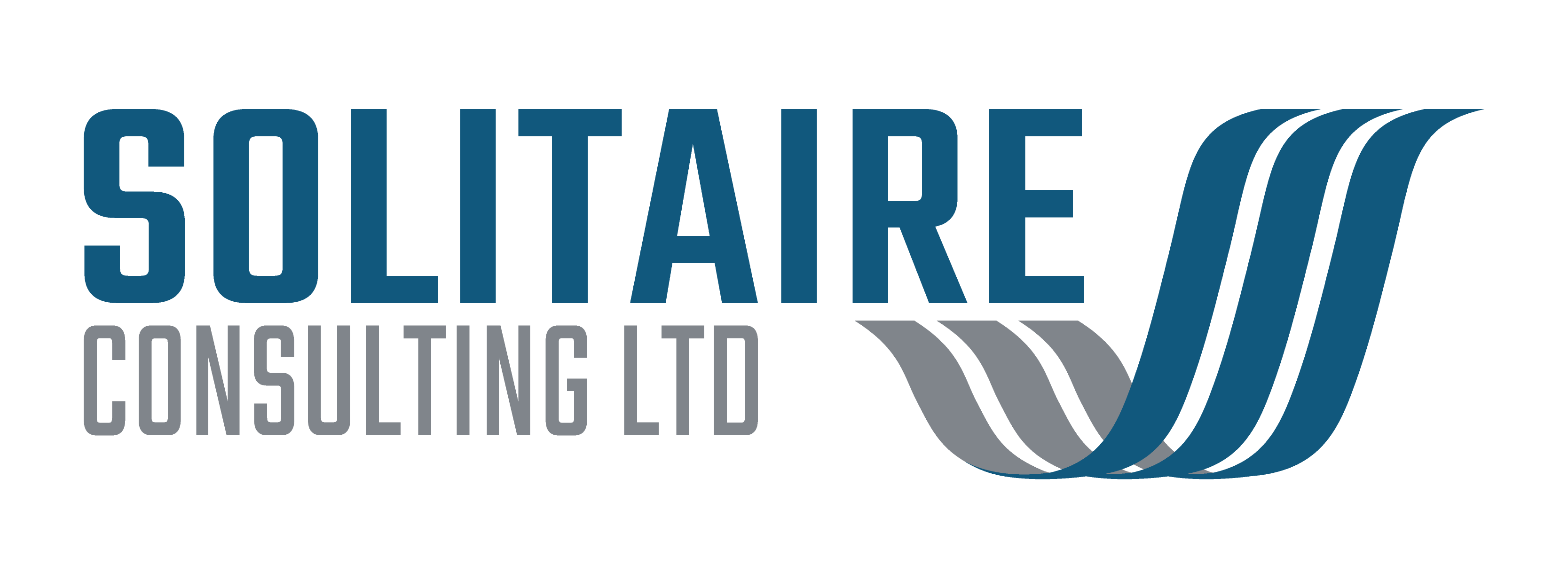In this final article in my series on IT systems change, I will discuss how you can best work with your technology providers to ensure a successful systems implementation.
Previous articles in the series can be found by clicking these links:
>>> Understanding IT Systems Change Part 1 – Context and initiation <<<
>>> Understanding IT Systems Change Part 2 – The importance of change management <<<
>>> Understanding IT Systems Change Part 3 – Embedding the change once live <<<
For the purposes of this article, I am using the offshore trust sector as an example, but the principles will apply to other sectors outside the finance industry.
Technology as an enabler not a cost centre
In today’s business environment we rely on technology more than ever. In fact, we rely on technology to such an extent that we can’t do business without it – even for a short period of time. But how many businesses put IT at the heart of their business? All too often I see businesses treating their technology function solely as a cost centre, rather than as a value creation mechanism, or essential enabler for their success.
This often manifests itself in a ‘we know best’ approach by senior management who hold their technology partners, including any internal IT teams, at arms length from their core business. When I look at the clients I have worked with, across the same offshore trust industry, I see vastly differing approaches and successes with their management of IT systems change.
In some businesses, Information Technology, along with HR, Finance, Procurement and Premises, is treated as a support service. Often, the IT function will be represented at the top table by a combined head of operations, often an accountant. This emphasises the perception of IT being a cost to the business. However, increasingly businesses are seeing the value in their data and the underlying technology that powers data. Roles like Chief Technology Officer and Chief Information Officer are now an integral part of the C-Suite, recognising the increasing importance that technology has in the value creation equation.
Looking specifically at the offshore trust and corporate services sector, in common with other industries, the business environment is becoming more complex. There are a lot of inter-dependent processes in managing corporate and trust structures as well as the potentially conflicting demands of clients and regulators. As the business and regulatory environments continue to develop they will inevitably get more complex (whoever heard of regulation being reduced or customers becoming less demanding?) and technology needs to develop accordingly.
In this environment it is very unusual to rely on a single supplier relationship or have all technology services delivered by an in-house team. To achieve an optimum solution it is essential to develop a collaborative working relationship with your chosen suppliers and for these suppliers to adopt a similar approach with each other. As processes have become more complex the chance of having a single ‘one size fits all’ system is unlikely. Most businesses prefer to use a ‘best of breed’ approach and use the integration features of modern open architecture systems to link them together to achieve their desired requirements.
The forward thinking vendors in this space have started to create their own eco-systems of complimentary products, creating strategic alliances with technology and professional services companies in order to provide more value to their clients. The benefit for the client business is their systems and suppliers have a much better chance of working together and generating this value with less input from the client organisation.
In my experience implementations are always much more effective when there is mutual understanding between the partners and they all work together to achieve a common goal. Yes, there is still a need for formal contracts and service level agreements to underpin the relationship, but if we need to turn to these too often the collaboration is probably not working well enough. This is where I see a marked difference between firms. Every business has a different culture so it is important to choose your technology partners wisely, just as you would select members of staff to ensure they will work well within your team. I have seen some projects fail, not because of the solution being implemented, but because the culture and ways of working of the vendors just didn’t match with the client.
Communication
Collaborative working relies on three fundamental principles:- communication , communication and communication (do you think that makes the point?) To be more specific we need to communicate better to:
- Share information, creating a joint understanding of project objectives and expectations from each party,
- Build trust between client and vendor,
- Be kept informed of progress and issues during the project.
Whilst there is no substitute for face to face meetings and discussions the benefits of collaborative technology really helps to ensure that there is an ongoing dialogue between client and vendor even when working remotely. This is particularly helpful for smaller companies where the size of project doesn’t justify a full time vendor presence onsite. The use of social media and tools such as Teams, SharePoint, Trello, Monday etc, can all help keep open dialogue throughout the project.
Maximising the benefits of technology
In my travels around the offshore finance industry I see many trust companies using different technology systems, but very few are using them to their full advantage. Replacing a core business system is always going to be a challenge, so it is not surprising that the original ambitions of the project get truncated and left for ‘Phase 2’. Unfortunately many business lack the appetite to do a Phase 2 project and so get left with a system that is more modern than their previous one, but delivers few of the expected benefits. This situation can be mitigated by having a collaborative relationship with your supplier who works with your team to deliver what the business really needs.
With our significant experience of working with many software vendors and IT providers, Solitaire Consulting and its associates know which ones will be the best fit for your business, taking into account the technology itself and the implementation approach of the vendor. Whatever stage you are at, if you perceive the relationships with your vendors could be improved then contact us and we can have an informal discussion, and give you the benefit of our experience over the past 12 years working in this industry.
I hope this series of short articles has been interesting, but it would be good to hear your feedback, after all that is what a collaborative relationship is all about.





